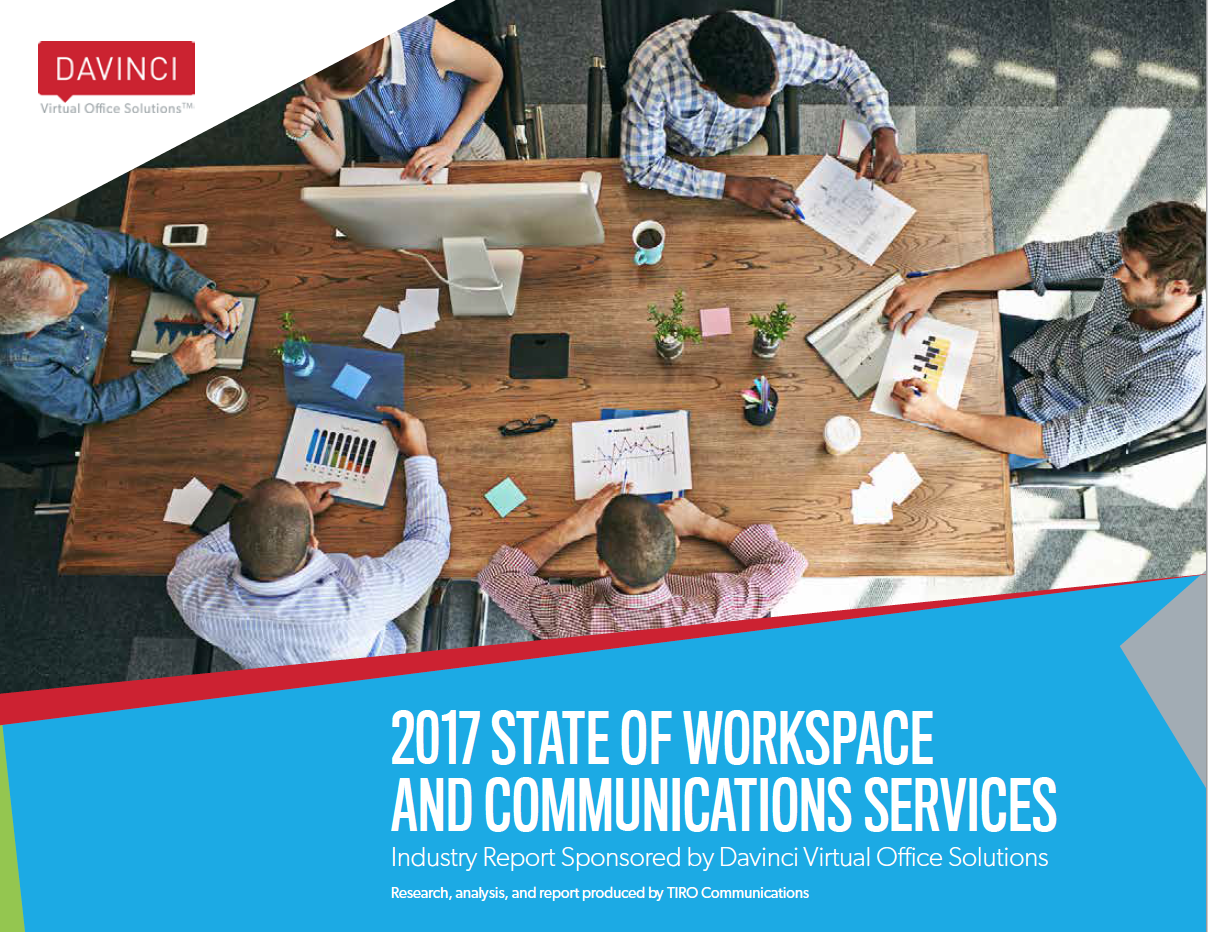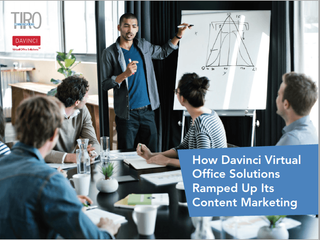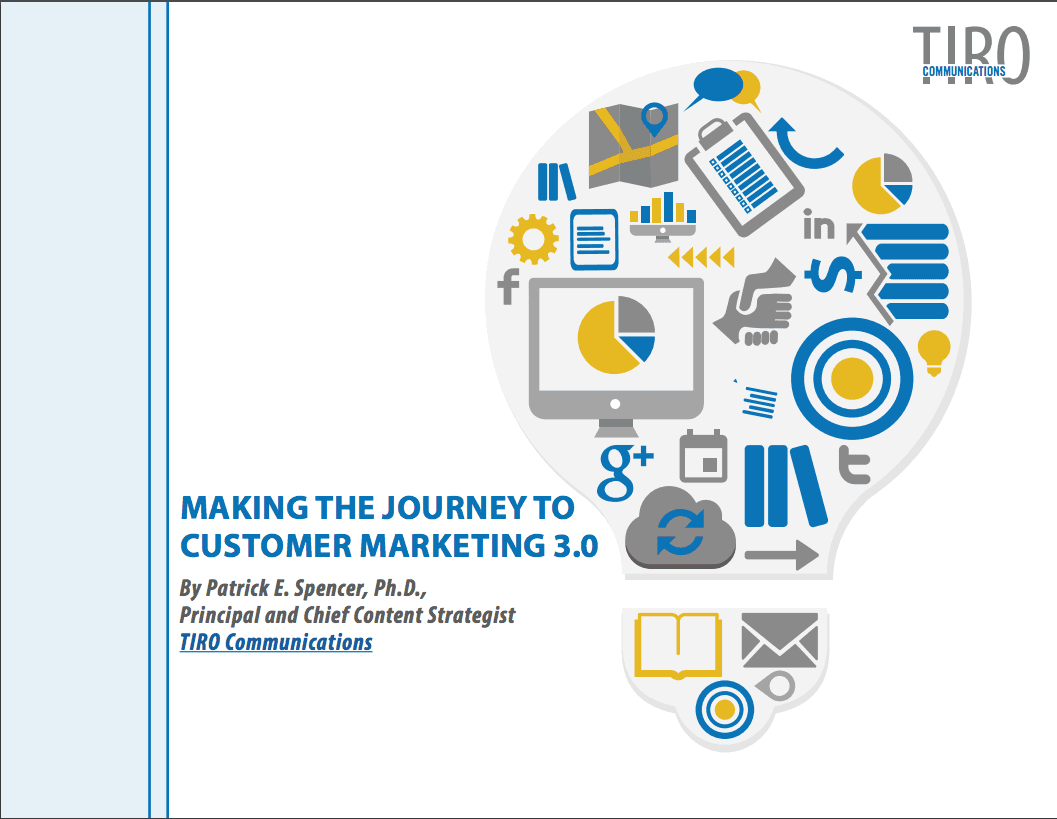
Why Small Businesses Are Opting for Virtual Offices
- By Patrick Spencer
- •
- 07 May, 2016
- •
Great Locations, First Impressions, and Improved Flexiblity

Small businesses are faced with countless challenges. One of them is overhead of leasing physical office space. On average, ranking only behind employee wages and benefits and inventories, small businesses spend nearly 10 percent on office space.
But what would many of these small businesses do if an alternative existed? They could take all of that capital and put it back into the business, developing better products, hiring better talent, and spending more time building relationships with prospects and customers.
Another problem with leased office space is that it likely isn’t in a prime location. High-end, professional office space is far beyond what a small business is able to pay. However, a subpar office address diminishes your brand and value proposition. First impressions count after all.
But there is a better solution. Small businesses in growing numbers are opting to get rid of leased office space in exchange for rented office space. Indeed, 22 percent of companies using virtual offices today previously had physical offices and gave them up. In exchange, they get a great address to hang their license and receive mail. The following are six recommendations that small businesses need to put into place to ensure a successful move from a physical to virtual office space:
1. Location. Find a virtual office with great addresses that demand respect.
2. Business Services. Make sure your virtual office comes with some requisite business services such as mail receipt and forwarding, registered agent and license hanging, a lobby directory listing, and more.
3. Meeting Rooms and Day Offices. Although you no longer need permanent office space, you likely still need office space for employee, prospect, customer, and partner meetings as well as day offices for employees when a physical office is required. Not every virtual office has the option of rented meeting rooms. Pick your virtual address careful.
4. Remote Locations. Check out to verify the locations of your virtual office provider. If they are limited, then you will be limited (or using multiple solution providers).
5. Technology Tools. Assuming your virtual office location also has rented meeting room capabilities (from conference rooms to day offices), find out what technology tools are available. Do they provide audio and video conferencing? Auto and virtual receptionists? Project management and communications tools?
For the original blog post on “Why Small Businesses Are Opting to Go from Physical to Virtual Offices,” visit the Davinci Virtual Blog. And in the case you’re interested in learning more about virtual office solutions, download the Solutions Guide “Davinci Virtual Office Solutions: Boosting Businesses with High-Profile Virtual Addresses and Offices.”













